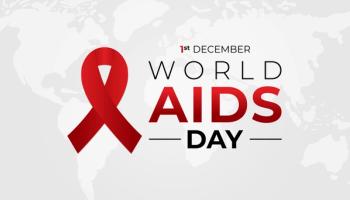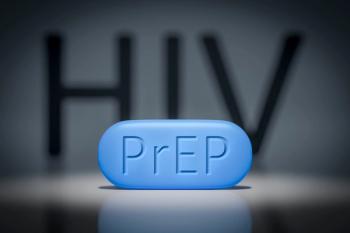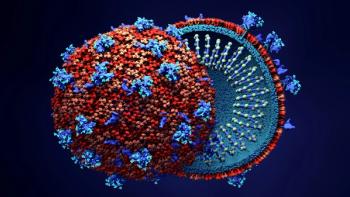
Australian Study Shows Benefits of HIV Treatment on Incidence
‘Yes, PrEP is very important and very useful, but its use is complemented extremely by HIV treatment, so you really have to do both,’ says researcher.
A new study investigated whether treatment-as-prevention could achieve reductions in HIV incidence among gay, bisexual, and other men who have sex with men (GBM) in Australia’s most populous states, New South Wales and Victoria.
The study, published in Lancet HIV, showed that further investment in HIV treatment, especially alongside preexposure prophylaxis (PrEP), can improve public health by reducing HIV incidence among GBM.
Denton Callander, Ph.D., senior research fellow for the Kirby Institute at the University of New South Wales was part of a longitudinal cohort study, TAIPAN, and The researchers utilized data extracted from routine health records data from 69 health services that provide HIV diagnosis and care to GBM in New South Wales and Victoria The data was taken from Jan. 1, 2010, to Dec. 31, 2019. Data was also collected from 2009 and 2020 as well, but used as the lead-in and lead-out periods.
“In 2014, the Australian government officially adopted treatment as prevention in their national HIV management strategy, so the study was around examining the impact and effectiveness of the strategy,” said one of the researchers, Denton Callander, Ph.D., a senior research fellow at the Kirby Institute at the UNSW Sidney, one of the leading research universities in Australia. “We had a whole decade of data, encompassing over 100,000 people.”
Callander explained that population prevalence of viral suppression was calculated by combining direct measures of viral load among the HIV-positive cohort with estimates for undiagnosed GBM and the primary outcome of HIV incidence was measured directly via repeat testing in the HIV-negative cohort.
The relationship between population prevalence of viral suppression and HIV incidence was observed before the availability of PrEP (IRR 0·98, 95% CI 0·96–0·99; p<0·0001) and was even stronger after the introduction of PrEP (0·80, 0·70–0·93; p=0·0030).
“The main takeaway from this study is that investing in HIV treatment is smart,” Callander said. “The Australian government has done a lot to improve access to treatment, and that’s really reflected in this data. We saw a huge increase in uptick of HIV treatment over time and also in successful treatments, so people achieving viral suppression.”
The researchers also found it’s a great public health strategy. As successful treatment increased, new infections of HIV decreased, so much so that for every 1% increase in successful treatment, they saw 6% decrease in new infections.
“What I really think this study highlights is yes, PrEP is very important and very useful, but its use is complemented extremely by HIV treatment, so you really have to do both,” Callander said. “HIV treatment also has the wonderful benefit of supporting the health and wellbeing of people living with HIV.”
Newsletter
Get the latest industry news, event updates, and more from Managed healthcare Executive.





















































